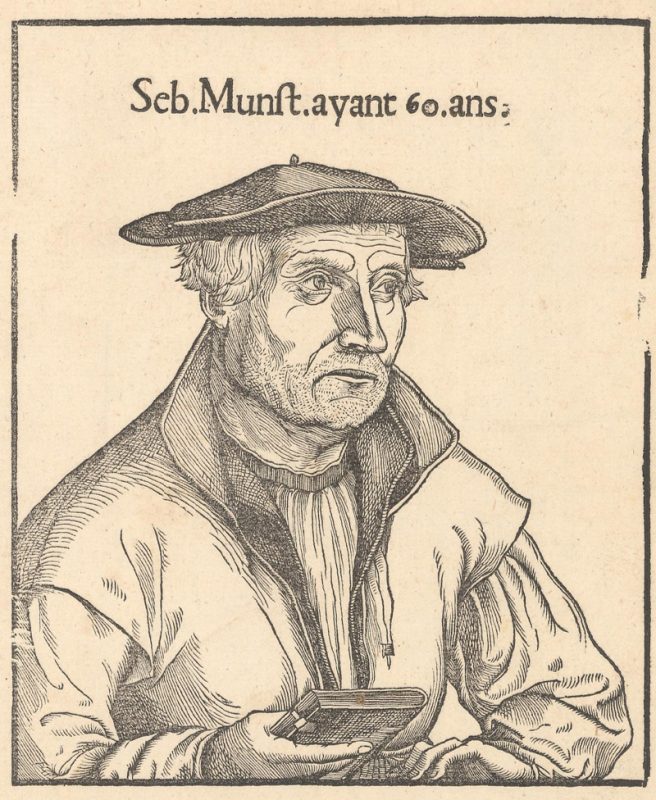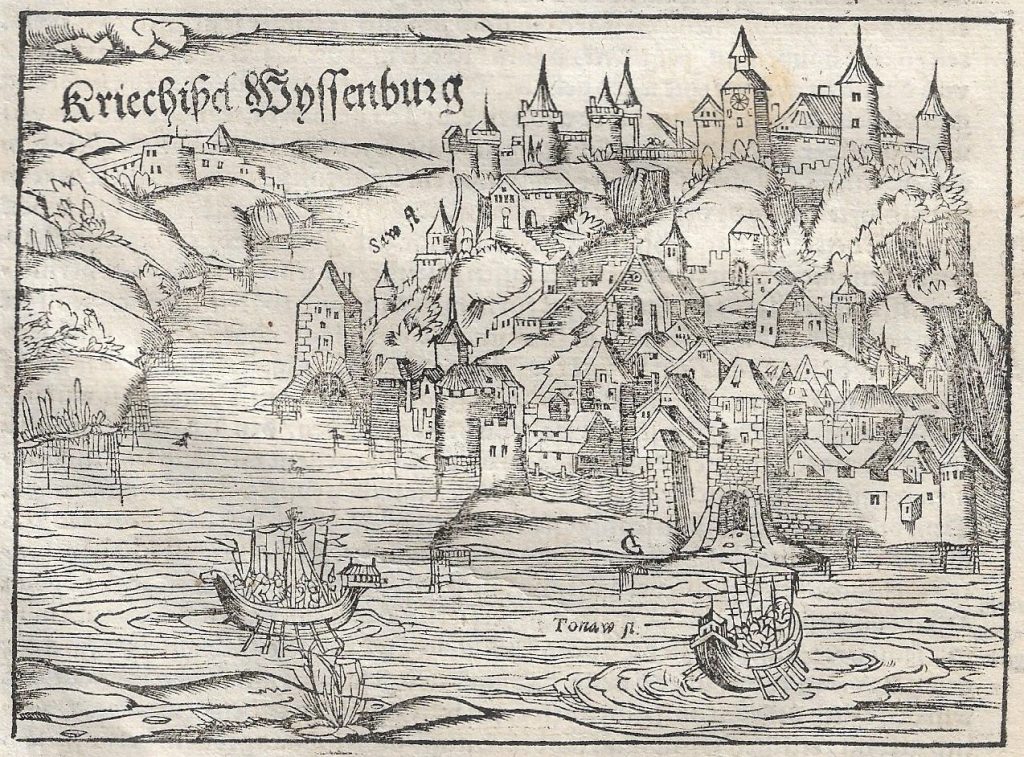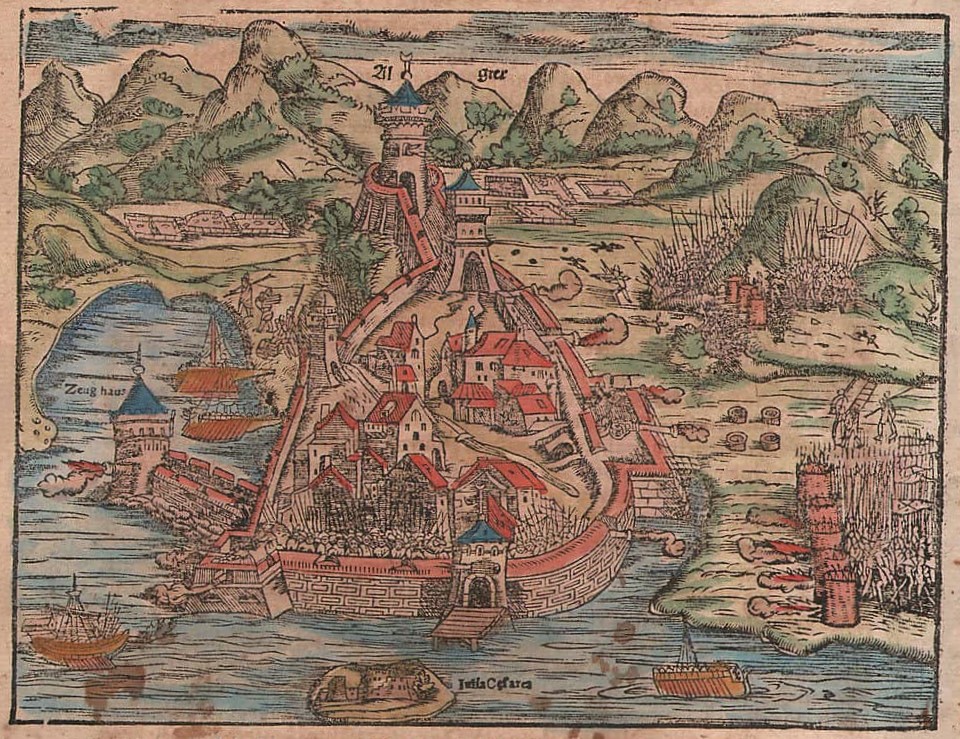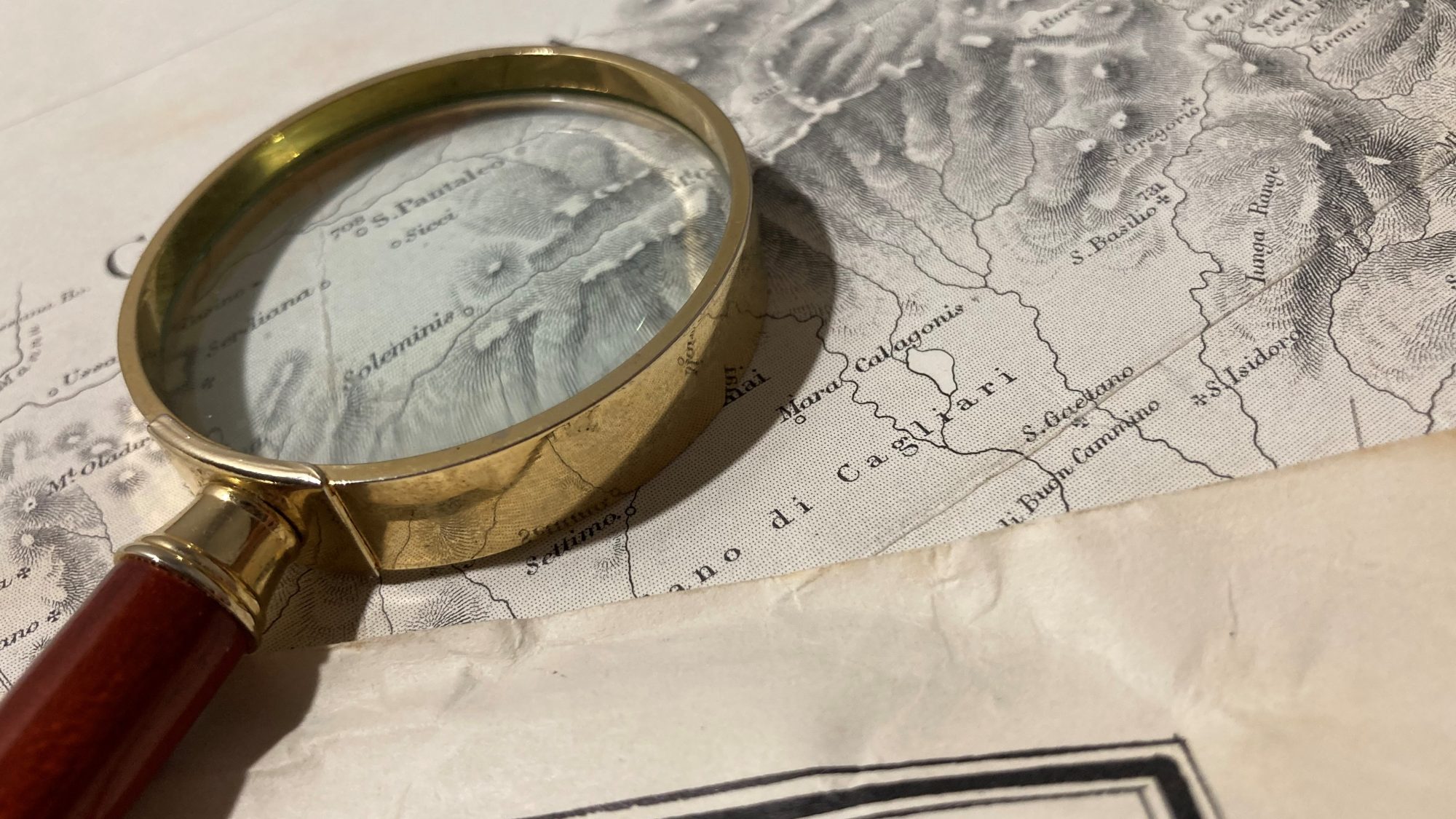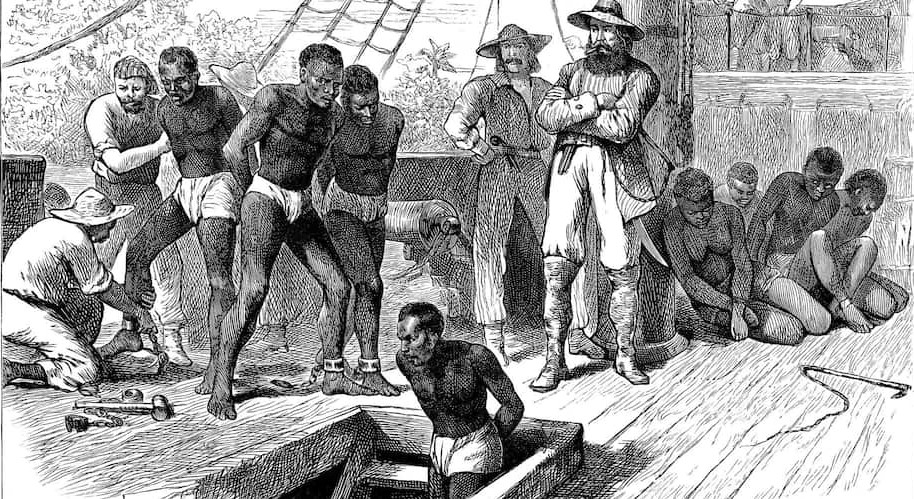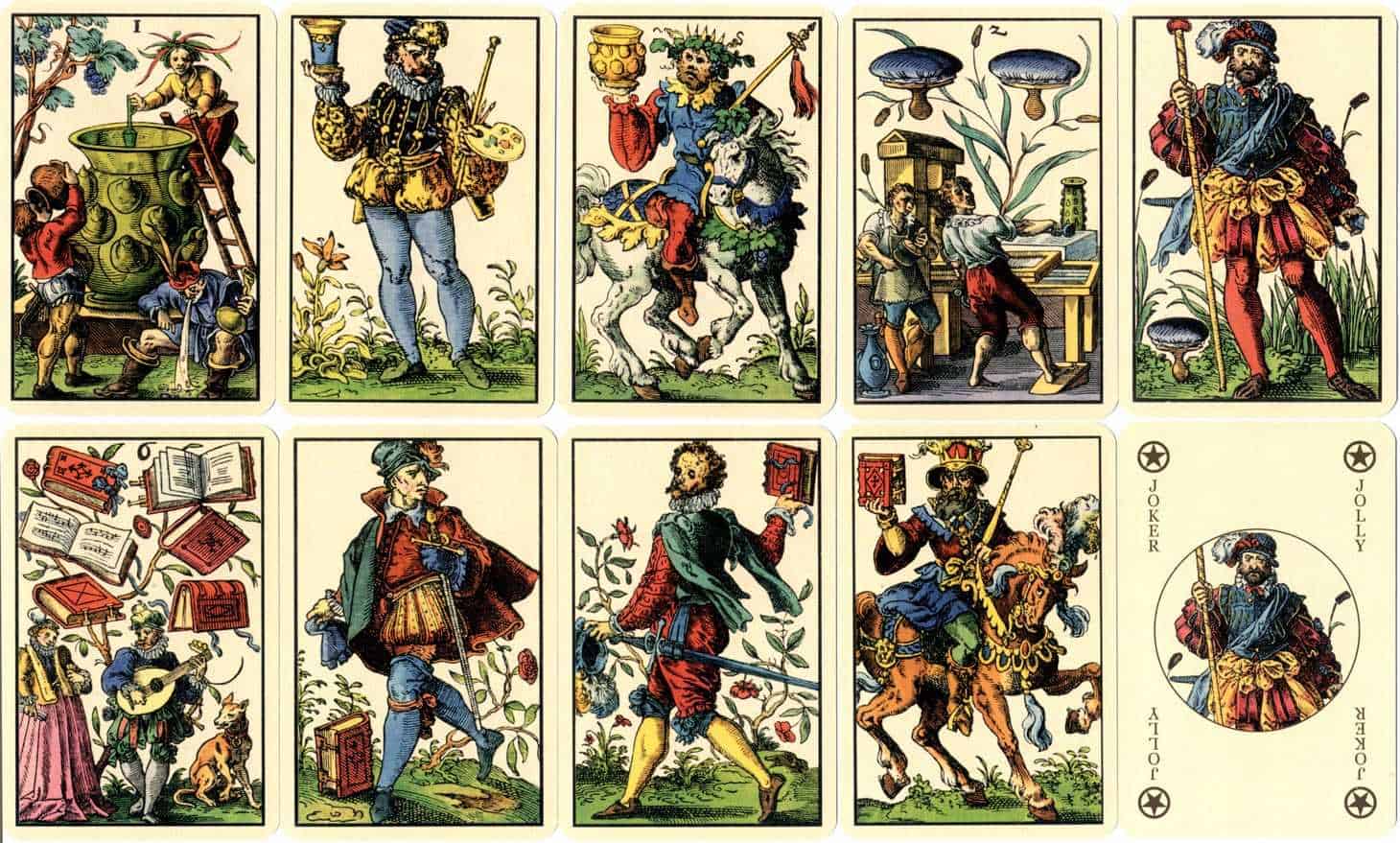The Cartographer’s Masterpiece: The Legacy of Sebastian Munster’s Cosmographia
Sebastian Münster’s Cosmographia, first published in 1544, was a groundbreaking work that not only provided a comprehensive understanding of the geography and cosmography of the world, but also offered fascinating insights into the history, cultures, and beliefs of different regions. This book, which was widely popular and widely read throughout the 16th century, was one of the most influential works of its time and played a significant role in shaping people’s understanding of the world.
Mapping the Unknown: An Exploration of Munster’s Cosmographia
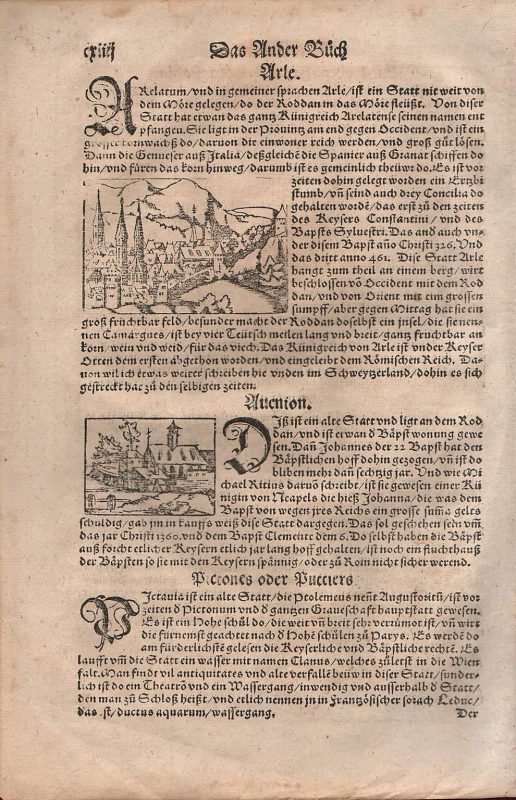 At a time when travel and exploration were limited, Cosmographia offered readers a glimpse into the world beyond their own borders. The book brimmed with detailed maps, illustrations, and descriptions of different countries and regions, offering a wealth of information about their geography, climate, and topography. In addition, the book also included information about the history, customs, and beliefs of the people who lived in these regions, making it an essential resource for those seeking to expand their knowledge and understanding of the world.
At a time when travel and exploration were limited, Cosmographia offered readers a glimpse into the world beyond their own borders. The book brimmed with detailed maps, illustrations, and descriptions of different countries and regions, offering a wealth of information about their geography, climate, and topography. In addition, the book also included information about the history, customs, and beliefs of the people who lived in these regions, making it an essential resource for those seeking to expand their knowledge and understanding of the world.
The publication of Cosmographia was a major event in the history of cartography, as it marked the beginning of the widespread dissemination of geographical knowledge in Europe. It was one of the first books to incorporate the latest advances in geography and cartography into its pages, and it inspired other cartographers and geographers to continue exploring and mapping the world.
Cosmography between Science and Mythology
Sebastian Münster drew his knowledge from the travel reports and stories of various scholars, geographers, cartographers, and sea travelers. He also consulted literary works that were more or less credible. His sources included Marco Polo and the (fictitious) knight Jehan de Mandeville‘s report on India and China, published in Liège in 1356. Munster gradually described a fabulous world in which the strangest creatures appear, such as people with dog heads, large-footed creatures, blemmy creatures, double-headed creatures, as well as legendary animals and sea monsters. Most of these creatures are depicted on woodcuts.
The Art and Science of Cartography
In addition to its value as a reference work, Cosmographia was also a work of art. The illustrations, maps, and text were beautifully executed, making it a popular and visually appealing book. The maps were particularly impressive, as they were some of the first to show the world as it was understood. They were often highly decorative, with intricate drawings of cities, regions, and landscapes, and provided a fascinating insight into how people perceived the world in the 16th century.
Cosmographia was a monumental collaborative effort, involving learned historians, artists, publishers, woodcutters, and engravers. It featured numerous woodcut engravings of city landscapes, also known as vedutas. Research indicates that many of these illustrations were not created specifically for Cosmographia, resembling the stock images of the era that flowed from the printer’s stock.
A Window into the Past
Munster’s Cosmographia was not only a book, but it was also a cultural artifact that reflected the beliefs and values of its time. The text was infused with religious and moral themes, reflecting the strong influence of Christianity in Europe during the 16th century. At a time when the world was still largely unknown, the book offered a sense of order and understanding, helping to dispel fears and misconceptions about the world and its inhabitants.
Munster’s Legacy
Munster’s Cosmographia was a remarkable work that offered an unparalleled understanding of the world at the time. Its impact was far-reaching and enduring, influencing generations of cartographers, geographers, and adventurers who sought to expand their knowledge and understanding of the world. Today, it remains a valuable historical resource, offering a fascinating glimpse into the world of the 16th century and the early stages of modern geography and cartography.


